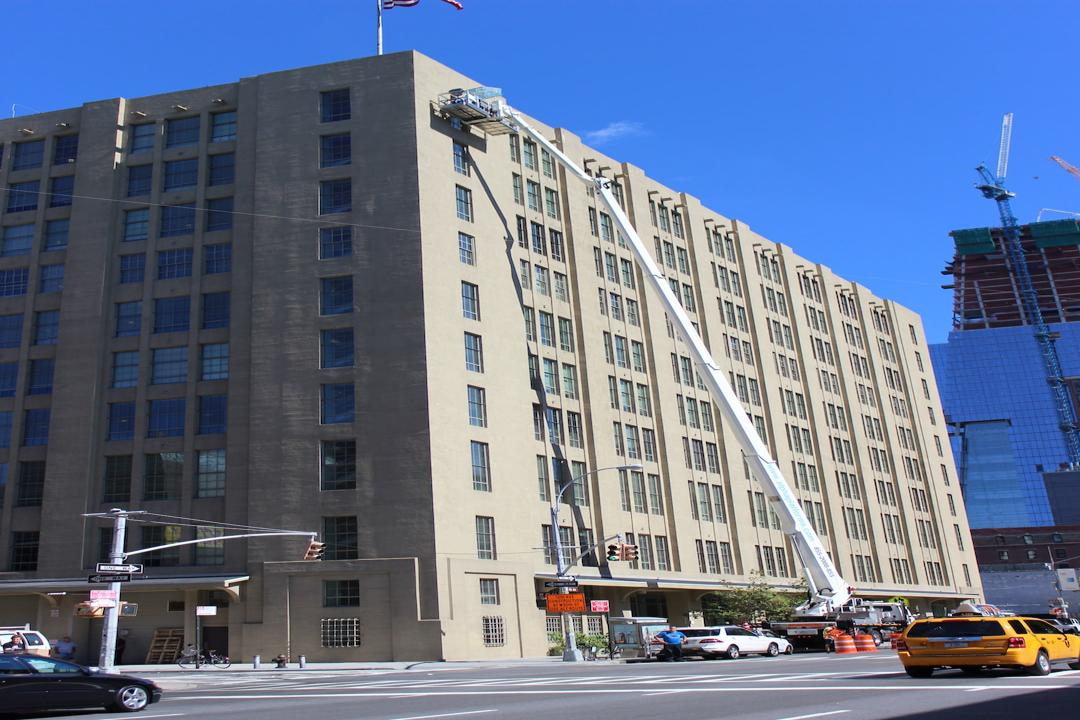According to PlanB, a pseudonymous quantitative analyst and creator of the stock-to-flow (S2F) model for Bitcoin’s price, the Bitcoin bull market officially began on March 1. PlanB’s statement came shortly after Bitcoin surpassed $60,000 for the first time in over two years. Despite the popularity of the S2F model during the 2021 bull run, it is not considered a flawless price oracle for Bitcoin. The model predicted that Bitcoin should have reached $100,000 in August 2021, but it fell short of that mark. Ethereum co-founder Vitalik Buterin has also criticized the S2F model for providing investors with a false sense of certainty.
PlanB’s predictions align with the expectations of other analysts. Vetle Lunde, a senior analyst at K33 Research, stated that Bitcoin typically consolidates after the halving but experiences a rally in the following months. Lunde also mentioned that the approval of spot Bitcoin exchange-traded funds (ETFs) has contributed to increasing investor interest in Bitcoin and its subsequent price appreciation.
Despite a correction of 3% following Grayscale’s conversion of its Bitcoin Trust ETF, the price of Bitcoin has risen by over 22% in the past week. Excluding Grayscale’s ETF, the nine new spot Bitcoin ETFs have recorded over $2 billion in combined daily volume for two consecutive days. These new ETFs have accounted for 75% of new Bitcoin investments since their launch on January 11, according to CryptoQuant, an on-chain data analytics firm.
The introduction of these ETFs has brought passive, price-agnostic demand to Bitcoin for the first time in its history. As a result, a research report by Bitfinex Analysts predicts that Bitcoin will reach new all-time highs before the end of 2024.
In related news, the US government reportedly moved $922 million of seized Bitcoin after the cryptocurrency’s price surpassed $60,000.

